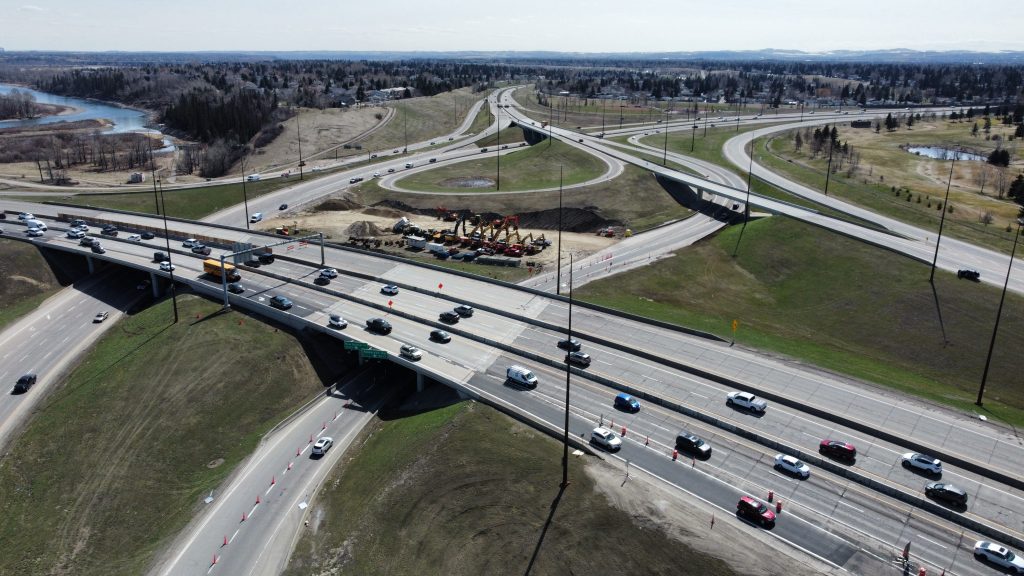Devastating legacy of Indian hospitals still present in Canada’s health care system
Posted Aug 12, 2022 12:59 pm.
Last Updated Aug 12, 2022 4:50 pm.
As Canada finally begins to reckon with the brutal legacy of residential schools, a light is now shining on the Indian hospital system.
It was a system developed under the promise of health care in the face of rising tuberculosis rates that instead delivered segregation, isolation, and pain.
Author and University professor Maureen Lux has researched and published works extensively on the history of Canada’s Indian hospitals.
“Indian hospitals initially were rationalised as institutions to treat tuberculosis. But they operated as general hospitals, so there was maternity wards that were paediatric wards, there were medicine wards and tuberculosis in the same institution,” explained Lux.
Lux said they emerged around the turn of the century, but the end of the Second World War, and promises of better health care led to the program’s expansion.
“The federal government had redundant military facilities at their disposal. And so many of these were put to new use and that was as the so-called Indian hospitals.”
At one point, Canada had 29 Indian hospitals, located near settler communities but segregated. Charles Camsell Indian Hospital was located in Edmonton, while Mountain Sanatorium operated in Hamilton, Ontario.
Many people were not there of their own volition and had been hospitalized under public health orders.
“The Indian health regulations said that Indigenous people who were ill must see a physician. If the physician recommended hospitalisation, that person must report to a hospital and that person must remain in hospital and until discharged, so the patient could not leave against medical advice,” explained Lux.
Veldon Coburn, who is from Pikwàkanagàn First Nation said this had a devastating impact.
“By the time they might have been released from the sanitorium, two, three or four years later, they no longer had contact or knew the whereabouts of their children and the same with parents and siblings. So that was a devastating impact of these forced separations,” said Coburn.
The efficiency of these hospitals were also determined by how much they cost per patient per day.
“[The costs] were less than half of the cost for patient days in settler hospitals, and that was a benchmark that was seen as very important in operating these hospitals that they be operated at half the cost of settler hospitals.”
It was also hard to staff these hospitals as Indian hospital wouldn’t take resources away from these “settler hospitals.”
“It was very difficult, for instance, to find physicians to work in these hospitals. It was very difficult to find nurses to work in these hospitals that were often isolated. They were poorly staffed and they were poorly equipped,” explained Lux.
“The medical bureaucracy in the Indian health service was very much of the opinion that Indigenous people could not understand or did not care to manage their own health care.”
Coburn tells CityNews like many, he only learned about Indian hospitals later in life. Lux said this may have been the point of isolation.
“One of the rationales for Indian hospitals was to isolate and segregate Indigenous people from settler institutions. And I think that the kind of ignorance about Indian hospitals today may be a function of the success,” she said.
Another horrifying aspect of the hospitals was the Department of Indian Affairs would not pay for the return of patients who had died in hospital.
“Unless the family could afford to return loved ones to the community, they were buried in nearby cemeteries. So sometimes they were the community cemetery, always without any headstone, without any ceremony and oftentimes without even clear records,” said Lux.
She added some who died at Indian Hospitals were buried at residential school cemeteries.
“At Charles Council Hospital, for instance, in Edmonton, Catholic patients were buried at the Catholic Residential School and Protestant patients were buried at the Protestant Residential School.”
The last Indian hospital closed in 1981. But Lux and Coburn both say the legacy of these hospitals is present, in every Brian Sinclair or Joyce Echequan subjected to second-class treatment in our hospitals.
“The notion that Indigenous people are not worthy of first-class care is, I think, very much a legacy of this 20th Century health care of history that somehow Indigenous people are taking up beds that they don’t really deserve.”
This is just one of several stories on how the medical system is failing and has failed Canadians across the country. Watch “Veracity: The Broken Normal” for more on Sunday Aug. 14 at 9 p.m. EST only on Citytv.










